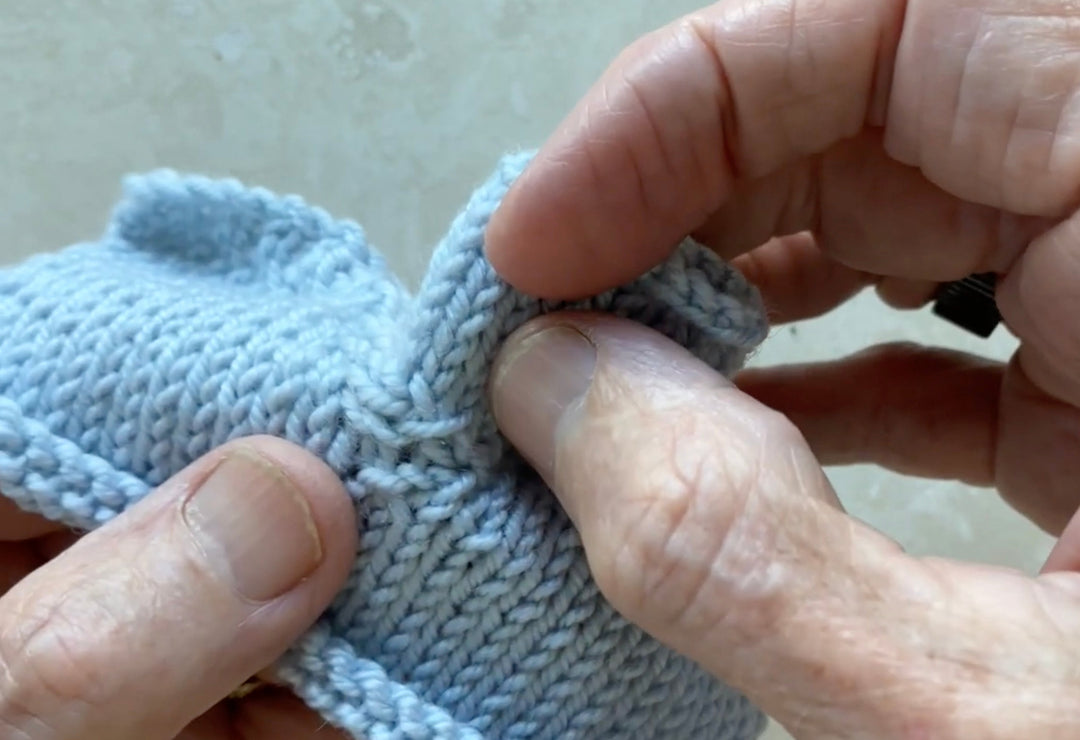The Love of Mistletoe

Have you ever wondered how mistletoe came to be associated with Christmas? Since ancient times it has been granted special significance and at times special power. It started with ancient Druidic mythology when it was believed that mistletoe fell from heaven and grew onto the tree upon which it landed. If one received a kiss under mistletoe it symbolized acceptance and reconciliation. It appeared in Norse mythology as a symbol of peace and friendship. In the medieval period, some believed mistletoe possessed mystical powers and that during the month of December it could bring good luck and fend off evil spirits. Throughout the Middle Ages it was associated with fertility and vitality.
By the 18th century it had become incorporated into Christmas celebrations around the world. There are references to the custom of kissing under the mistletoe in England during the late 18th century, and it was the serving class during Victorian England that is credited with keeping this tradition alive.
According to today’s holiday custom a man is allowed to kiss any woman standing underneath mistletoe. And it dictates that bad luck befalls any woman who refuses such a kiss. Some observe an additional requirement, that with each kiss a berry is plucked from the mistletoe, and the kissing must cease after all the berries have been removed.
It seems fitting that this tradition associated with love and good fortune has become part of today’s Christmas holidays.







